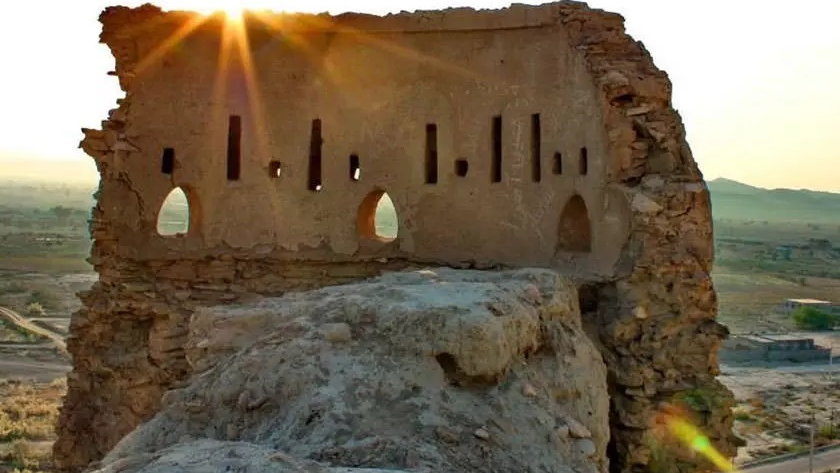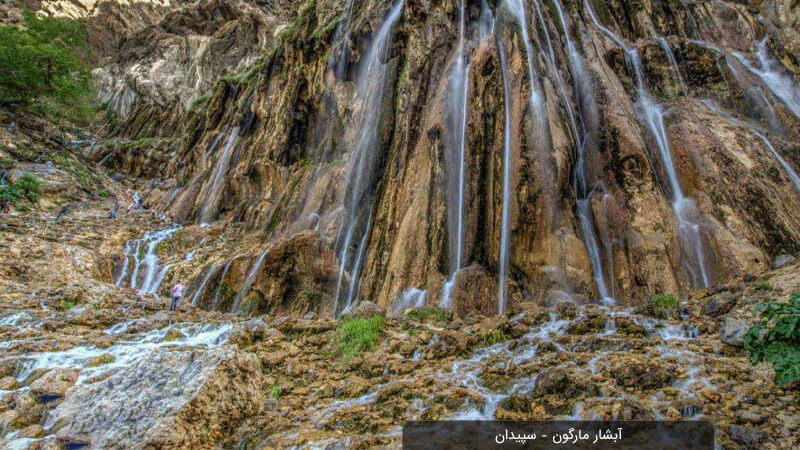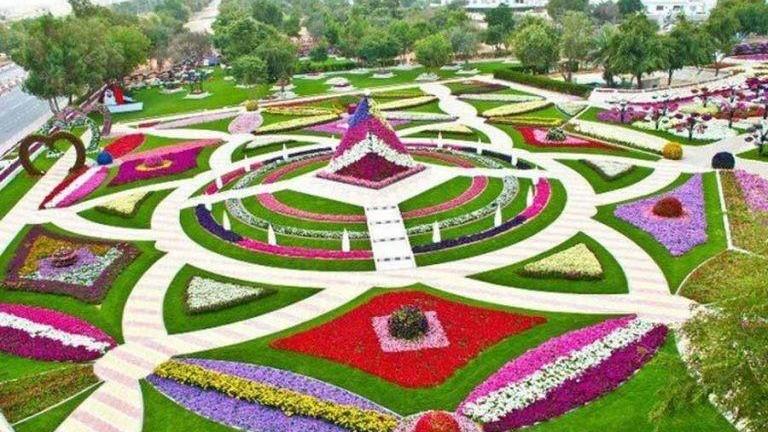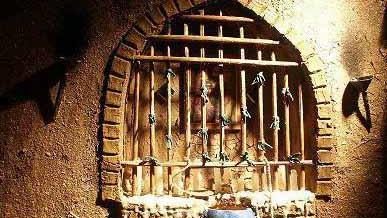
Look at the Sky: The Astronomical Tourism Potentials of Yazd Province
Many tourists search for beauty and attractions on the ground, while in many places, one only needs to look up at the sky to witness breathtaking wonders! Unfortunately, in the modern world—amid urban living and the light pollution that fills our cities—the beauty of the night sky has been forgotten. The desert province of Yazd, with its pristine and picturesque landscapes, is among the best destinations for travelers seeking the serenity and splendor of a clear, unpolluted sky.
Astronomical Tourism:
An Emerging Approach in Travel The starry desert sky, where the horizon merges with the earth, evokes a sense of poetry in every soul amid the silence of the night. This same view once accompanied our ancestors, yet to us—modern humans accustomed to city life—it feels distant and unfamiliar. Thus, the desert can be described as a source of meaning and reflection for today’s restless human being.
Recognizing these truths has fueled a growing global interest in astronomical tourism since the beginning of the current century. In international tourism literature, astronomical tourism is often associated with the concept of “Dark Sky Parks.” In this form of tourism, stargazing and observing planets—either with the naked eye or through telescopes—are organized as both specialized and general tours. Hosting astronomy-related events and competitions is also an important aspect of this type of tourism.
Due to its dry climate, the desert is not only free from light pollution but also frequently enjoys clear, cloudless skies, making uninterrupted stargazing possible. These conditions have turned the desert sky into one of the most captivating subjects for astrophotography. With its vast deserts, Iran is considered an ideal destination for astronomical tourism. The wide expanse of arid lands across the country, together with more than 40 active observatories, offers excellent opportunities for organizing astronomy tours and promoting this growing field.
Astronomical Tourism Potentials in Yazd
If one were to name a province in Iran with the greatest potential for astronomical tourism, Yazd would undoubtedly come first. The province contains about 18 percent of Iran’s deserts—over seven million hectares in total. Within Yazd, several regions are suitable for hosting astronomy tourists, the most notable of which include:
Ardakan Desert (Siah Kuh): This desert has a horseshoe-shaped form and stretches from the northwest to the southeast of Ardakan city.
Abarkooh Desert: Abarkooh (also known as Abarqu) is one of Yazd Province’s most historical and picturesque cities. Its desert lies between two mountain ranges, with the Taghestan Desert located nearby.
Daranjir Desert: Also known as Dar-e Anjir, this pristine desert consists mainly of clay and salt plains and covers approximately 1,500 square kilometers.
In addition, the Herat and Marvast Desert—covering about 500 square kilometers and featuring a semi-humid climate during certain times of the year—along with the Bahadoran Desert in southeastern Mehriz, the Beheshtabad Desert on the Yazd–Kerman border, and the Saghand, Hajiabad, and Zarrinabad Deserts, all offer remarkable potential for developing astronomical tourism in Yazd Province.
Among the sites that have successfully hosted astronomy tourists in recent years is the Kharanaq Caravanserai in Ardakan County. Built during the Qajar era (19th century), this caravanserai was inscribed on the UNESCO World Heritage List in 2023, along with 53 other caravanserais, under the title “Iranian Caravanserais.”
Local residents recount the presence of early observational instruments at the site—evidence that its favorable location had long attracted the interest of scholars and astronomers. In the early 2000s (around 1380 in the Iranian calendar), a project promoting astronomical tourism was launched here, making the caravanserai well-known among amateur astronomy enthusiasts.
Another important center for astronomical tourism in the region is Bahabad, located in southeastern Yazd Province. It is regarded as one of the darkest observation zones in East Asia, offering excellent conditions for night-sky observation thanks to its typically clear and dust-free atmosphere.
| Name | Look at the Sky: The Astronomical Tourism Potentials of Yazd Province |
| Country | Iran |
| State | Yazd |
| City | Yazd |
| Type | Natural |
| Registration | No registration |

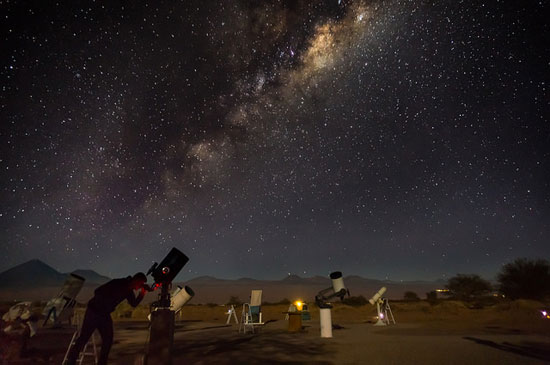




Choose blindless
Red blindless Green blindless Blue blindless Red hard to see Green hard to see Blue hard to see Monochrome Special MonochromeFont size change:
Change word spacing:
Change line height:
Change mouse type:
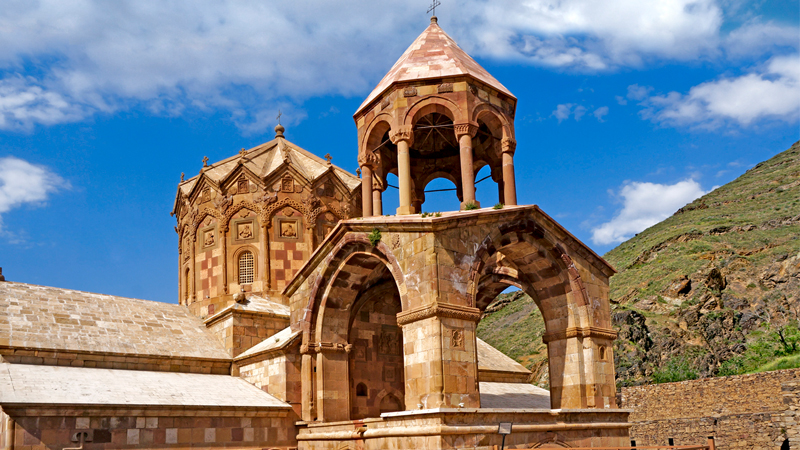
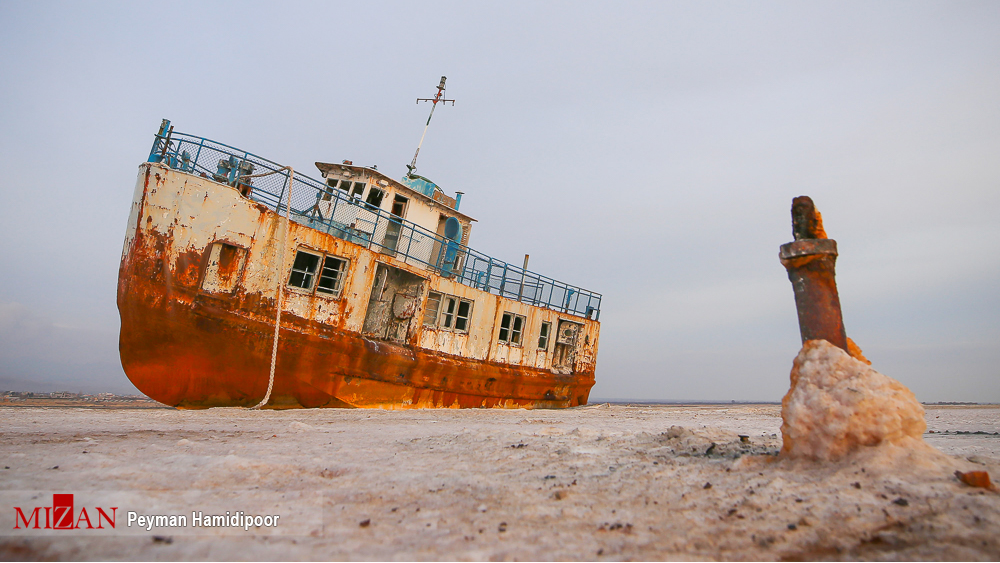
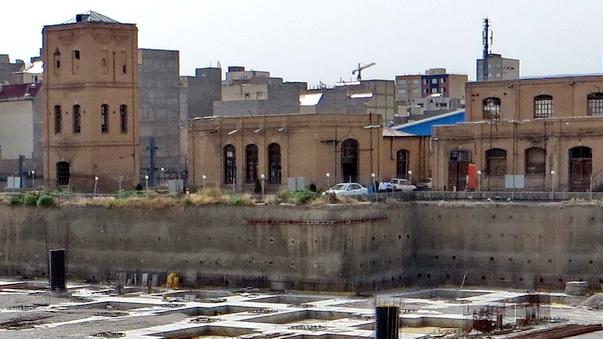
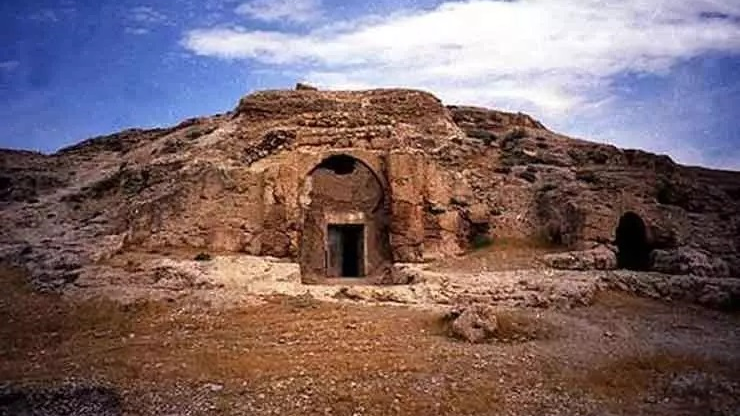
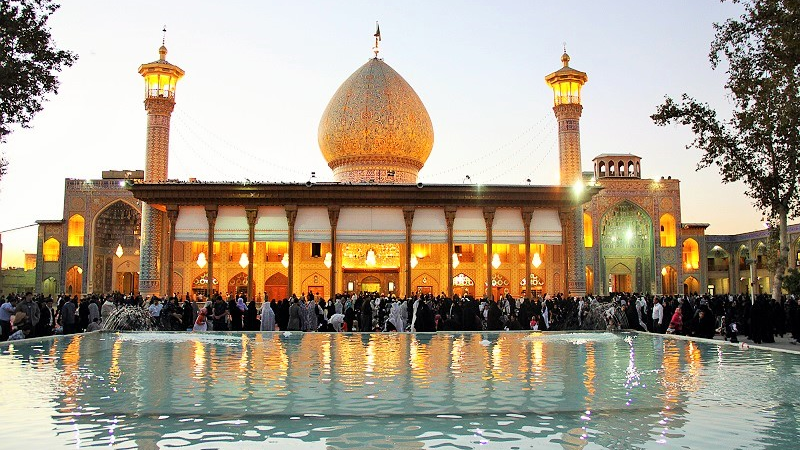
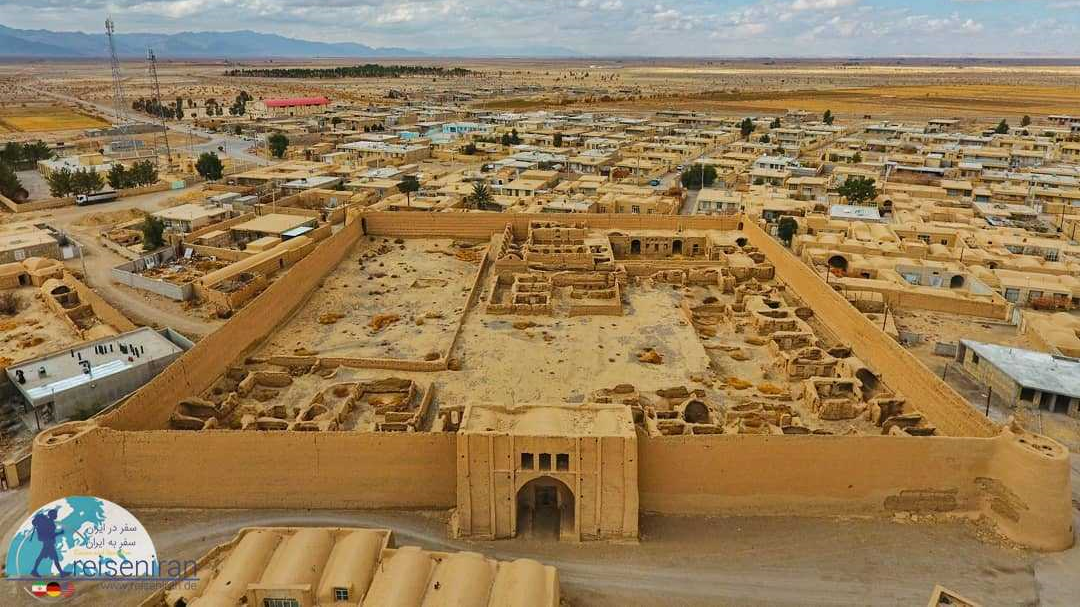

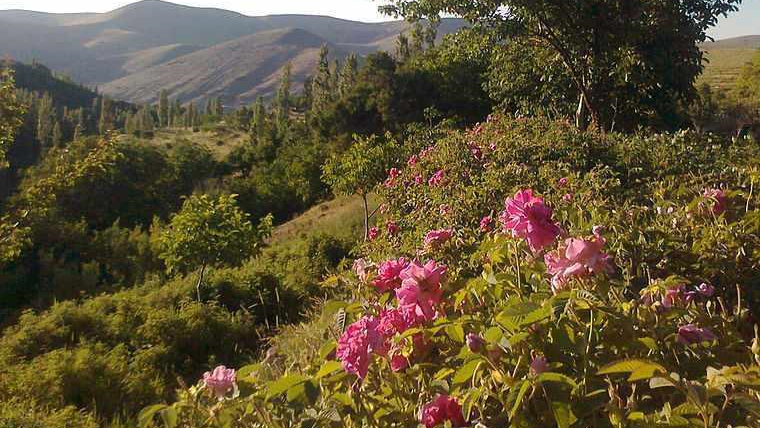


_crop_2.jpg)
